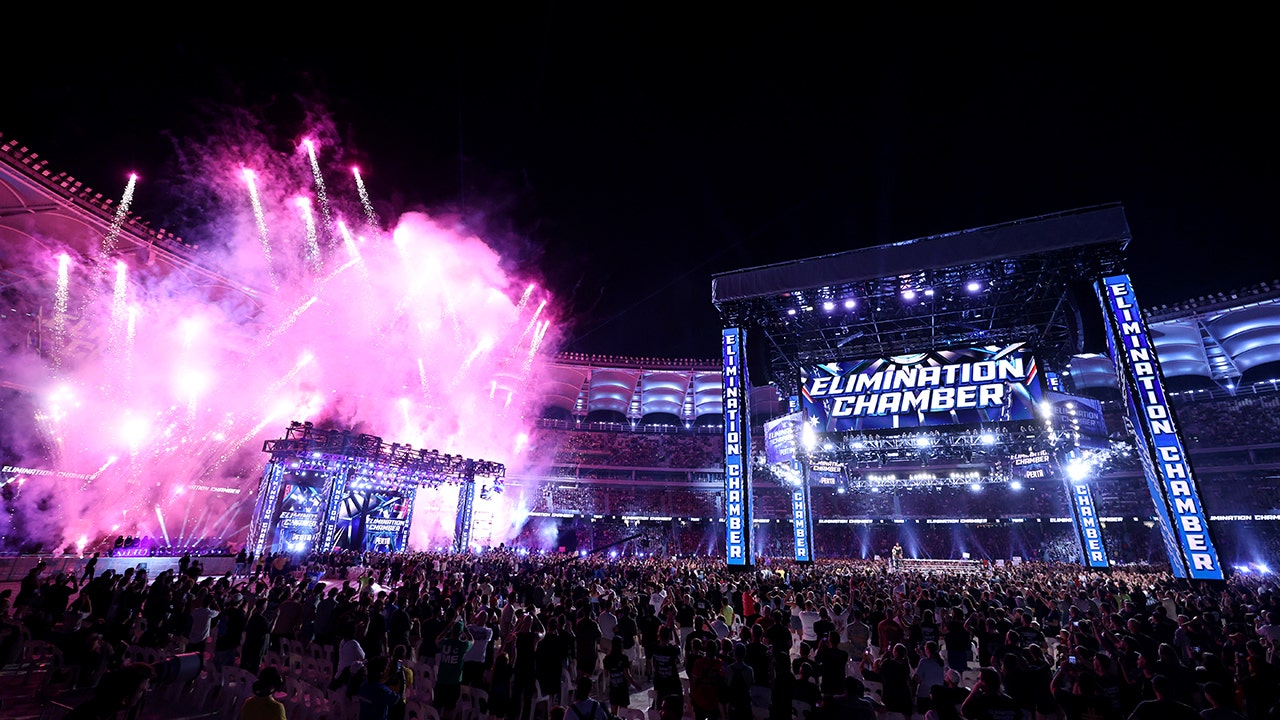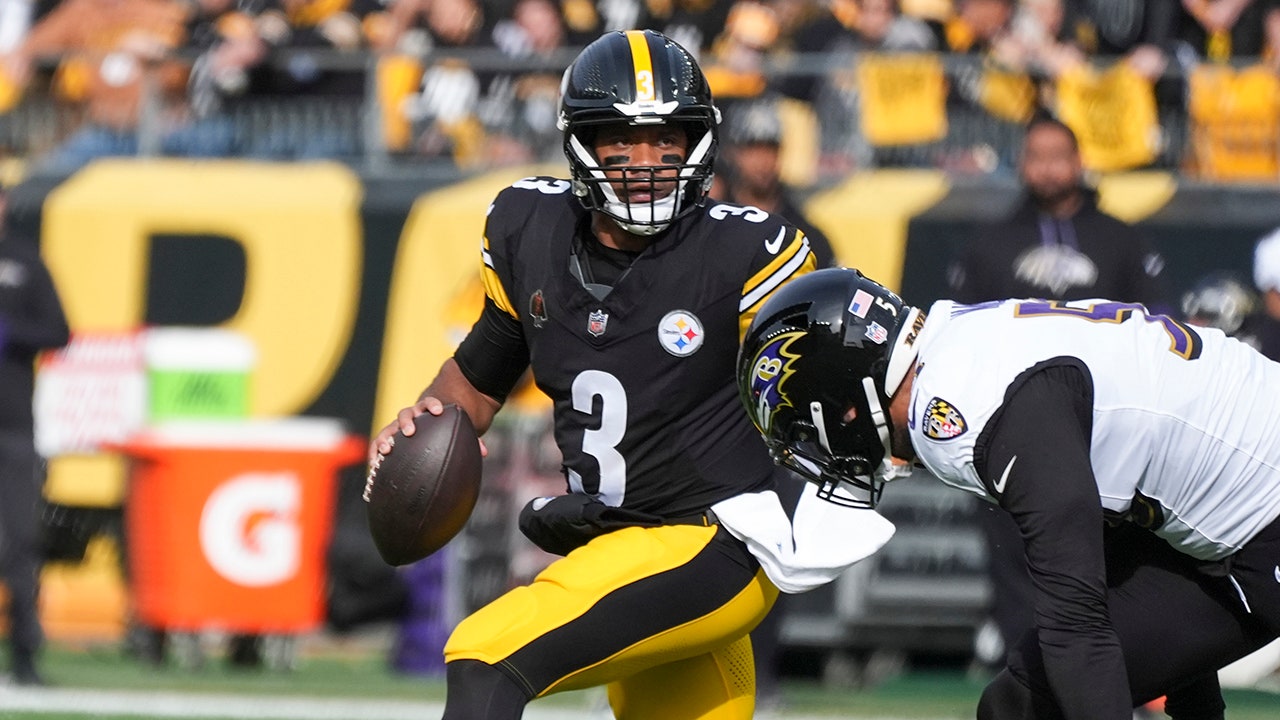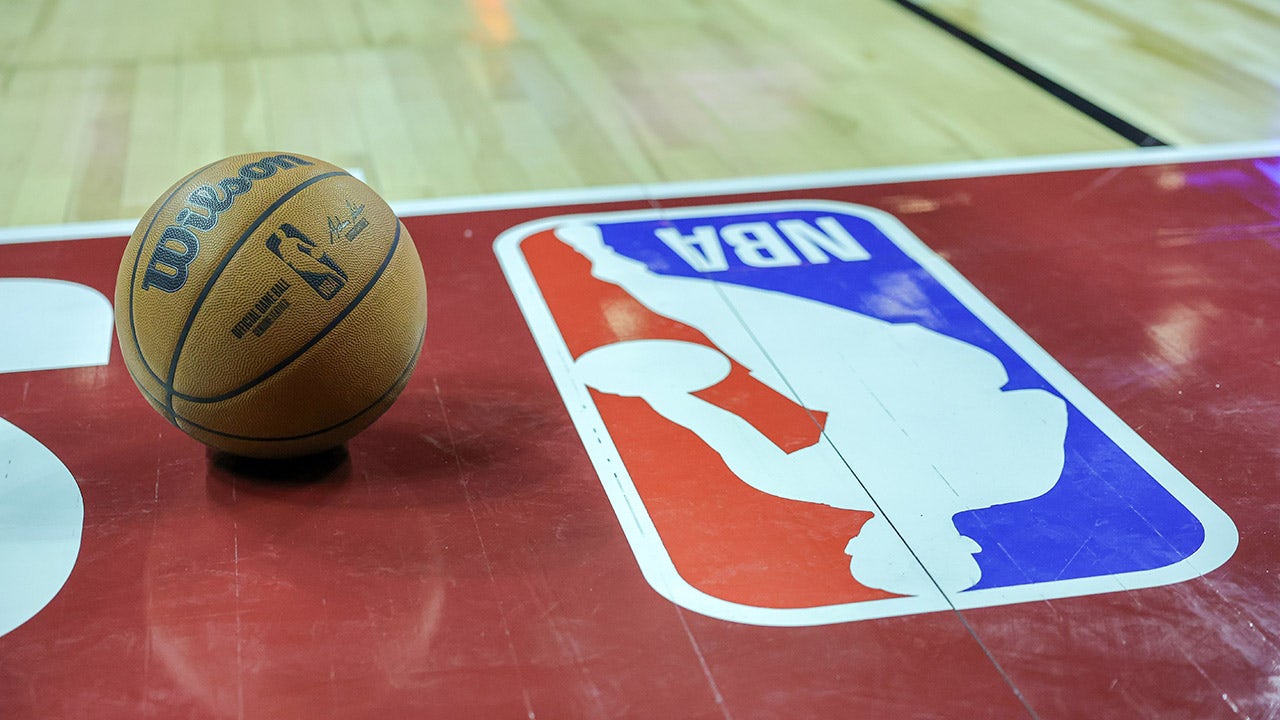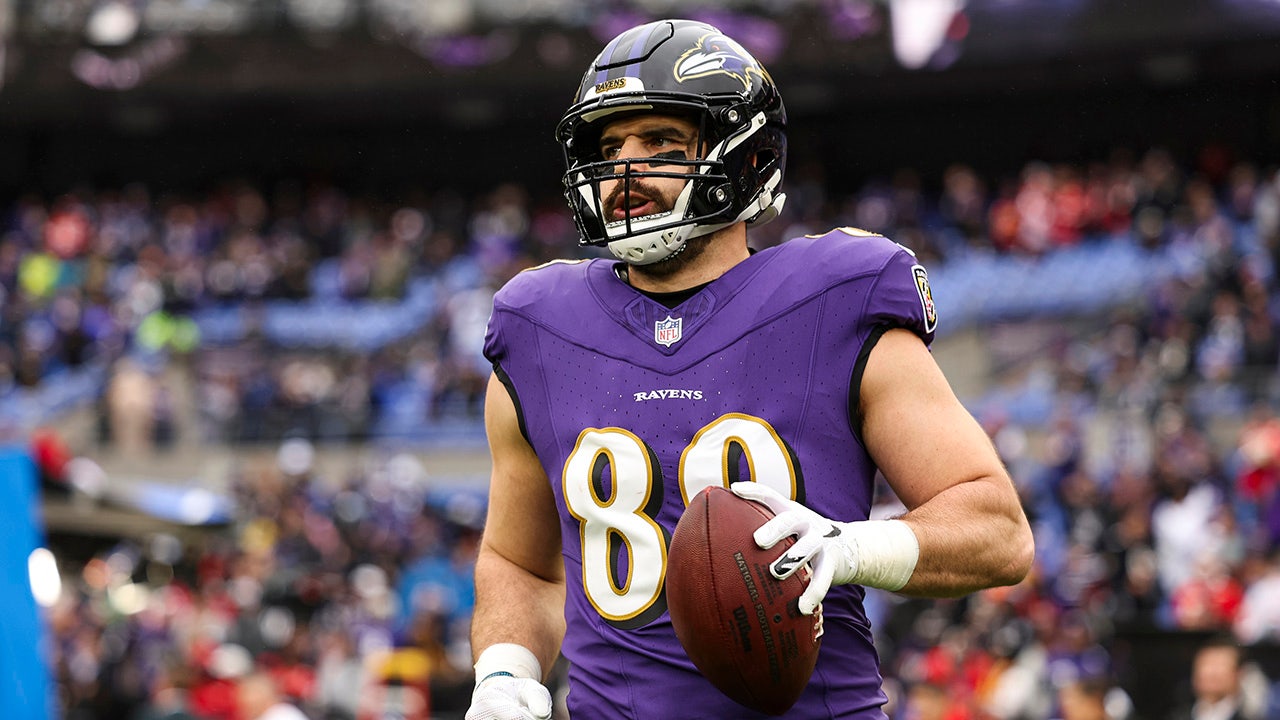The story of this author’s childhood obsession with Michael Jordan is not unique.
If you grew up in the ’80s and ’90s, you couldn’t help but be captivated by the MJ mystique. As a kid from the San Francisco Bay Area, I used to photocopy every article written about the Bulls star and organize them in a three-ring binder that was thicker than the King James Bible. The local ‘Run TMC’ Warriors were fun and all, but nothing came close to the basketball magic that Michael provided from the time I was 7 until the time he retired in that Wizards jersey when I was 26. He even provided one of my fondest family memories, albeit unknowingly, when my late mother took me all the way to the University of Kansas for a middle-school camp with then-Jayhawks coach Roy Williams and his featured guest — MJ himself.
Seeing him from hundreds of feet away while sitting in those Allen Fieldhouse stands, and getting an autographed picture afterward that was delivered by a camp staffer, was almost as good as meeting the man himself. He was nothing short of a basketball god, both then and now.
But to watch LeBron James surpass 40,000 points on Saturday night against the Denver Nuggets was to realize he is truly all by himself in the annals of basketball history. Jordan, nor anyone else in the field of 4,890 players who have taken the court since the NBA began in 1947, can touch this legacy he’s leaving.
The scoring is just one part of James’ sublime skill set, of course, but the meaning of this latest absurd feat is best understood by taking a moment to appreciate the elite company he has now left behind. Only seven players — LeBron, Kareem Abdul-Jabbar (38,387), Karl Malone (36,928), Kobe Bryant (33,643), Jordan (32,292), Dirk Nowitzki (31,560) and Wilt Chamberlain (31,419) — had ever reached the NBA’s 30,000-point club. To call that group the cream of the crop is a gross understatement, as they represent just 0.0014 percent of the players who have ever laced up in the Association. And now, with James’ second-quarter, left-handed layup, he stands alone in this 40k club.
Reaching 40,000 points in front of your family. Congrats, King. pic.twitter.com/iGPUZ234uv
— Los Angeles Lakers (@Lakers) March 3, 2024
This effusive praise of James’ résumé comes from a Jordan loyalist, mind you, someone who had the “Come Fly with Me” video, the “Wings” poster on his bedroom wall, the Jordan shoes, the “Michael Jordan to the MAX” DVD that is in our home collection to this day and even a sign that reads “You miss all the shots you don’t take” in his office that was inspired by Jordan’s epic “Failure” commercial in 1997. In these past 20 years covering the league, I’ve always believed Jordan’s Finals perfection and post Larry-Magic impact, particularly globally, on the NBA put him on a pedestal that could never be reached.
But this final chapter James is putting together, this curtain call for the ages that is ravaging the record books, is enough to convince me that the age-old GOAT debate is over. Not because James is the winner, though, but because their stories have become so different that the endless comparisons are becoming more pointless with every passing year.
Jordan’s two retirements — the first coming after his father, James, was killed in July 1993, and the second after he won his sixth title in 1998 — meant that he missed four seasons in all during the 19-year span of his career. We can play the what-if game from here until eternity, but it won’t change the fact that Jordan’s body of work is vastly different from James’ when it comes to staying power and longevity.
James, meanwhile, has somehow managed to live up to all of that “Chosen One” hype while surviving the increased scrutiny that came with the internet age along the way — for two straight decades. He took a far different path than Jordan, becoming one of just four players to win titles with three different franchises in the Cavs, Heat and Lakers (and none of the others — John Salley, Robert Horry and Danny Green — were leading men, so to speak).
What’s more, the GOAT construct is tired and flawed in ways that do a disservice to them both. Contrary to popular belief, it’s OK to appreciate Picasso and Da Vinci at the same time and just leave it at that. There are enough flowers to go around.
Alas, even with these differences that should silence this discussion, the debate that typically inspires two distinctly different camps will rage on. On one side, there are the people who focus purely on championships when comparing these two. Jordan’s six eclipses James’ four, and he has the best playoff scoring average of all time (33.45 points per game; James is sixth at 28.45), so that’s that.
On the other side, there are those who look at the totality of James’ résumé and finally relent to the truth he is making it so impossible to ignore. No one — not Air Jordan, Kareem, Wilt, Russell, Kobe or anyone else — has ever played the game at this level for this long. Just take a quick glance at this season as the latest proof.
Only nine players ever have averaged at least 25 points, seven rebounds and seven assists in a season — 32 times in all — and James is on pace to do it for the 12th time in his career. Jordan did it once.
From this vantage point, though, it’s James’ sustained impact as a historic playoff performer that has earned him so many GOAT points through all these years. His last playoff game, for example, was a 40-point, 10-rebound, nine-assist, two-steal masterpiece against the Nuggets in the Western Conference finals in which he played for all but four seconds. That’s a far cry from a late-30s Jordan missing the playoffs with his Washington Wizards in his two seasons there (they went 37-45 in both). And just look at the overall body of postseason work.
James holds the all-time record for playoff games (282, with Derek Fisher second at 259 and Jordan 19th at 179). He’s first in scoring (8,023 points, with Jordan second at 5,987). He’s second in assists (2,023; Magic Johnson is first with 2,346; Jordan is 12th at 1,022). He’s fourth in rebounds (2,549, with Russell first at 4,104 and Jordan 45th at 1,152).
More importantly, he’s third in Finals appearances with 10 (behind the Celtics’ Russell and Sam Jones). His 50 percent Finals rate (entering this season) trumps Jordan’s (42.8 percent; six of 14), for what it’s worth.
It’s that unprecedented durability, combined with the continued excellence that yielded his record 20th All-Star Game appearance last month in Indianapolis, that boggles the mind more than anything. As the Lakers shared recently, he’s played against 35 percent of all the players who have ever suited up in the NBA. By the time he takes the floor next season, after turning 40 on Dec. 30, he’ll tie Vince Carter for the longest career of all time (22 seasons) while making significantly more impact.
The list, much like LeBron himself, goes on. Even MJ has to be amazed at this point.
“I think it’s pretty cool,” James told reporters on Thursday night.
So do I, LeBron. So do I.
(Photo: Adam Pantozzi / NBAE via Getty Images)






